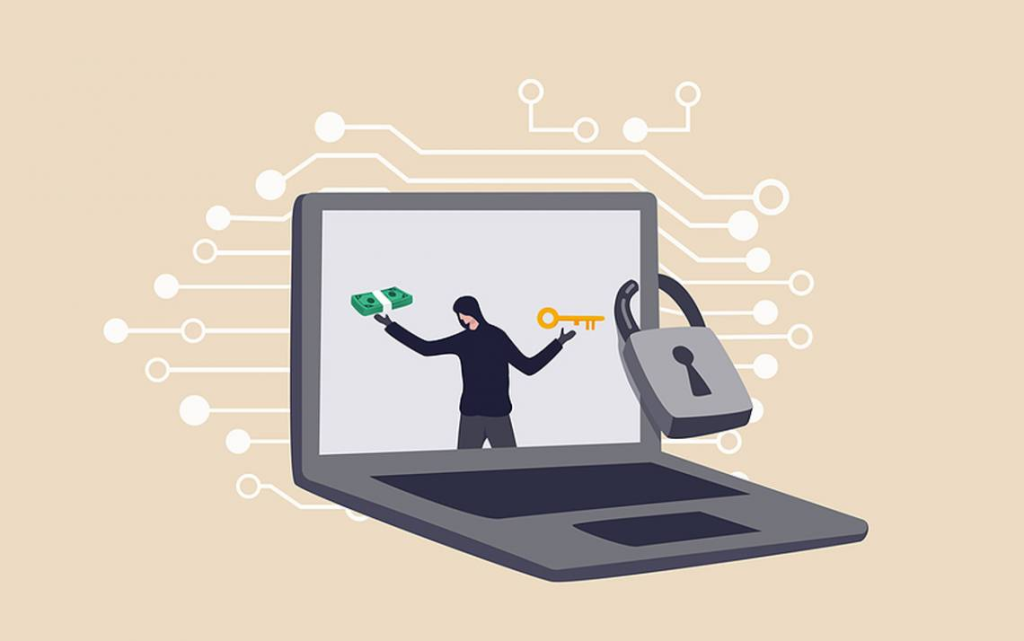Virtual protection, also called cybersecurity or data protection, identifies the methods and practices set in position to safeguard virtual resources, knowledge, and programs from unauthorized entry, breaches, and internet threats in electronic environments. In today’s interconnected world, where organizations count greatly on electronic systems and cloud research, electronic security represents a critical role in safeguarding painful and sensitive data and ensuring the strength, confidentiality, and accessibility to data.
One of many principal concerns of electronic security is guarding against unauthorized access to virtual assets and systems. This implies applying powerful validation elements, such as for instance accounts, multi-factor authorization, and biometric authorization, to confirm the identity of people and prevent unauthorized persons from opening sensitive information and resources.
Also, electronic security encompasses procedures to protect against spyware, worms, and different detrimental application that may bargain the security of electronic environments. Including deploying antivirus pc software, firewalls, intrusion recognition methods, and endpoint protection answers to find and mitigate threats in real-time and reduce them from distributing across networks.
Still another important facet of electronic safety is acquiring data both at rest and in transit. This calls for encrypting data to render it unreadable to unauthorized persons, thus defending it from interception and eavesdropping. Encryption assures that even though information is intercepted, it stays protected and confidential, lowering the danger of information breaches and unauthorized access.
Furthermore, electronic security involves applying accessibility controls and permissions to restrict user rights and limit use of painful and sensitive knowledge and systems only to authorized individuals. Role-based access get a handle on (RBAC) and least benefit axioms are commonly applied to ensure that customers have accessibility only to the sources essential for their roles and responsibilities, reducing the chance of insider threats and information breaches.
Electronic protection also encompasses tracking and recording activities within electronic conditions to find dubious conduct and possible protection incidents. Safety data and event administration (SIEM) answers gather and analyze logs from different resources to identify protection threats and answer them rapidly, reducing the impact of safety incidents and blocking knowledge loss.
Moreover, virtual security involves typical security assessments and audits to judge the potency of current protection regulates and identify vulnerabilities and disadvantages in virtual environments. By completing hands-on assessments, businesses can identify and handle protection holes before they may be used by cyber enemies, improving overall safety posture.
Furthermore, electronic protection requires continuous training and training for employees to raise understanding about cybersecurity most useful practices and ensure that consumers understand their roles and responsibilities in maintaining security. Security understanding education programs support personnel virtual security identify possible threats, such as for instance phishing scams and social engineering episodes, and get correct activities to mitigate risks.

In conclusion, virtual safety is needed for guarding organizations’ digital resources, knowledge, and techniques from cyber threats and ensuring the confidentiality, strength, and option of data in digital environments. By utilizing robust protection methods, including entry regulates, security, checking, and consumer teaching, agencies can strengthen their defenses against cyber episodes and mitigate the dangers connected with functioning in today’s interconnected world.